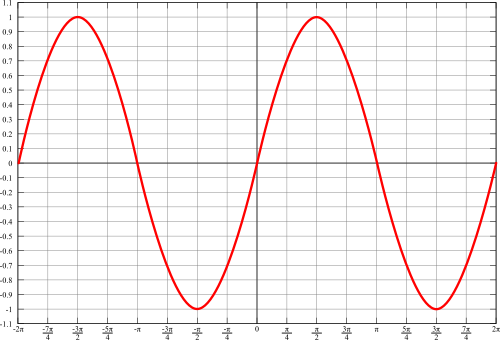Understanding the feelings of plants
You know your plant is alive. Guess what … it probably has emotions too. It certainly feels on some level when it is too hot, too cold, thirsty or in need of some sunlight (just like you!). What if it could empathize with your plant, in the moment? What if your plant could communicate with you in an intuitive way. Introducing Pixie, the IoT weed that helps your plant to communicate with you.
Pixie monitors the light levels, temperature levels (and, coming in version 2: soil moisture levels) and is able to communicate what the plant needs using a single pixel. Pixie displays the emotions in the following ways:
- Sleep/Breathing slowly: Sinusoidal green LED slow flash indicating low light levels and sleep
- Anxiety/Breathing quickly: Sinusoidal green LED flash - indicating light levels too high
- Well being: Sinusoidal green LED flash in a calm rhythm
- Too hot: Flickering red candle
- Too cold: Shivering blue
Pixie allow a owner to be more attuned to the needs of to their plant. Ultimately this will mean a less nervous owner and a happier plant! It also does this in a natural and 'polite' way without shouting at the user through notifications.
The video below shows the plant exhibiting these emotions in demo mode. Can you catch them all (the breathing ones are subtle but have tested well for effectiveness)?
